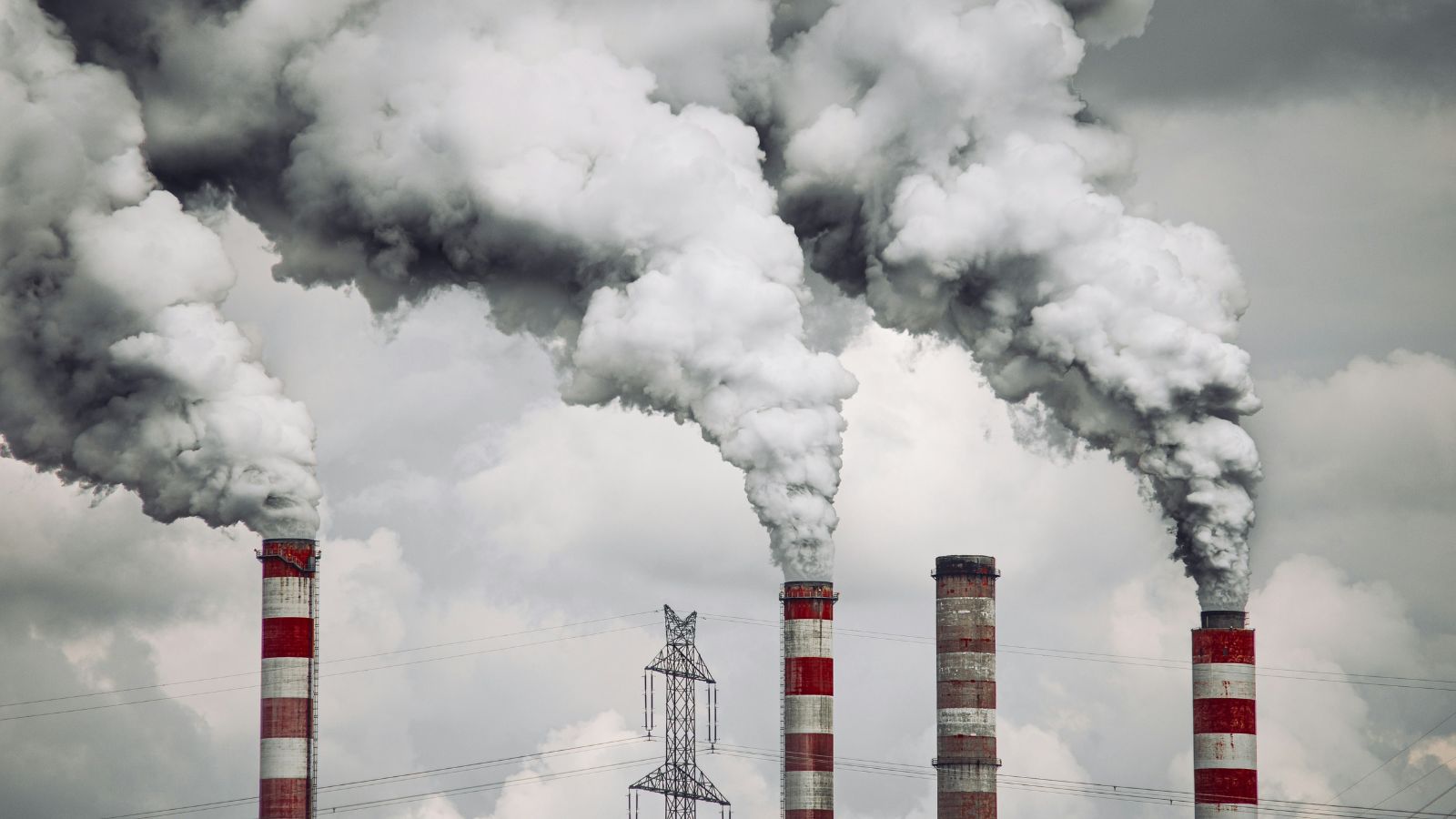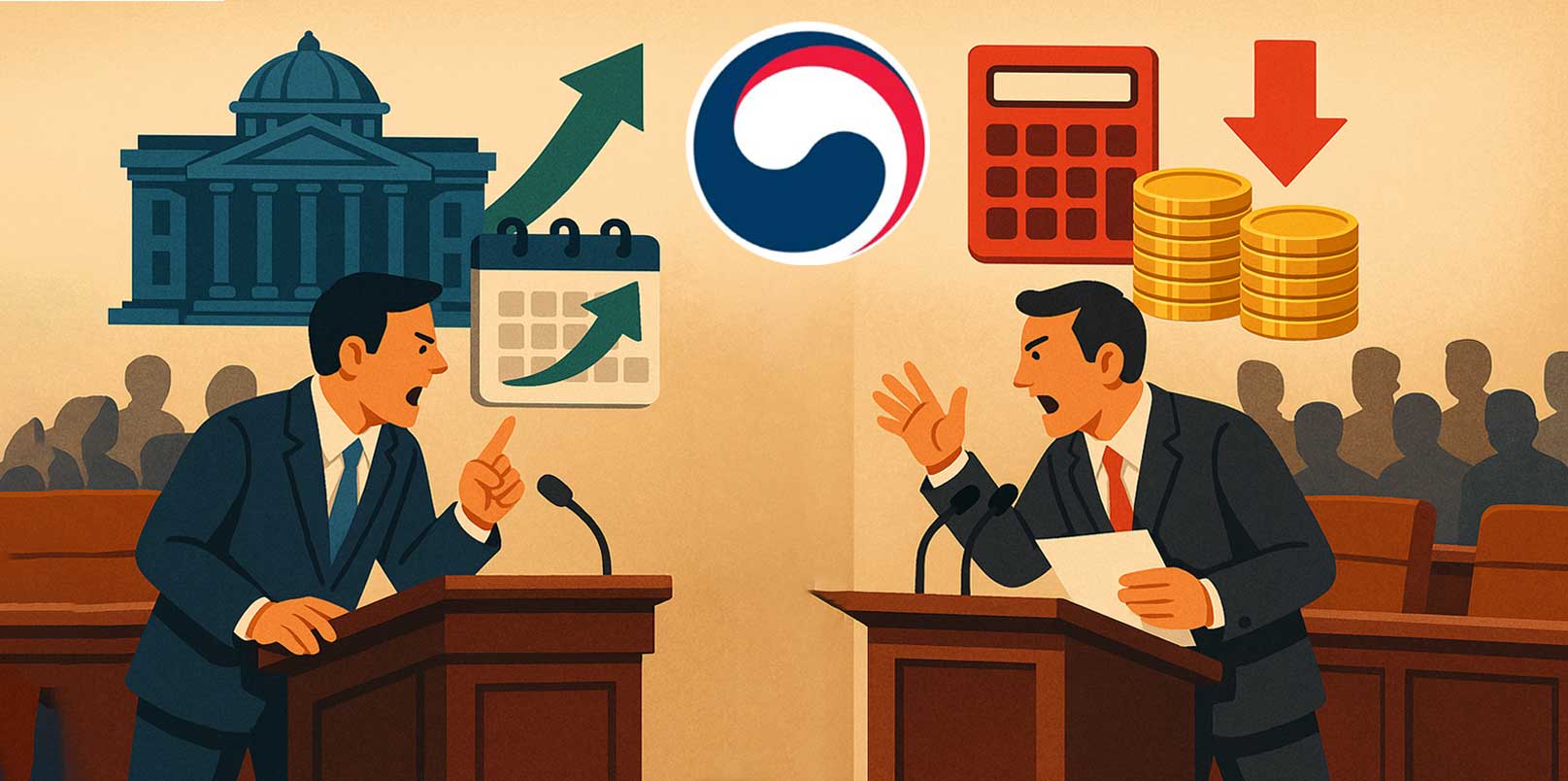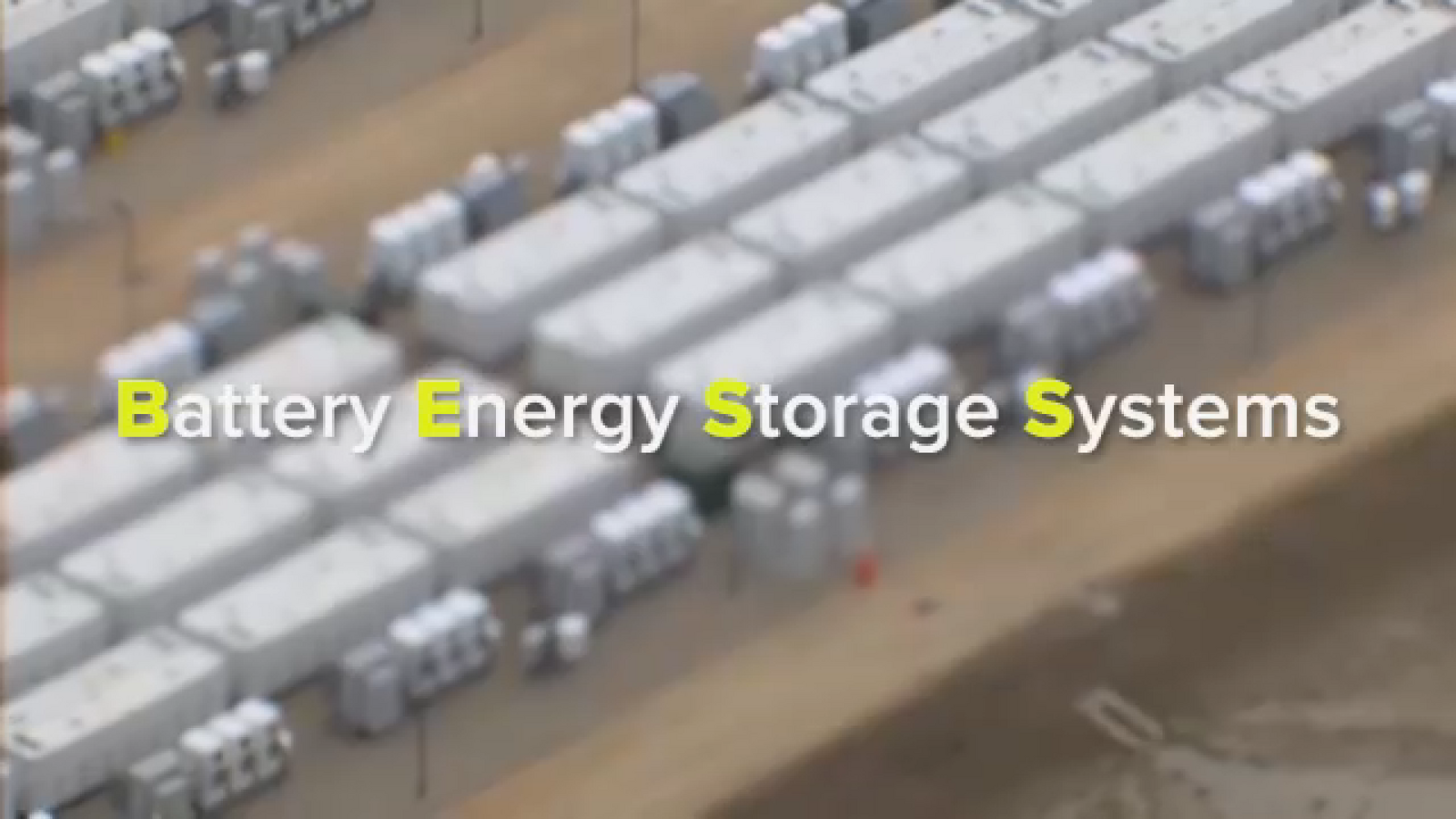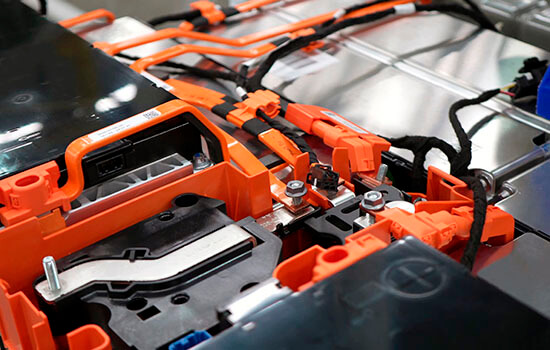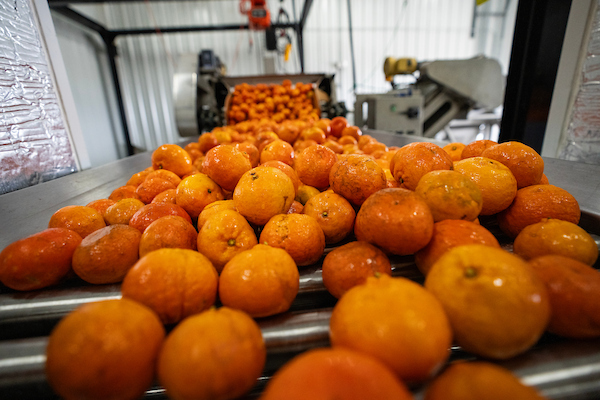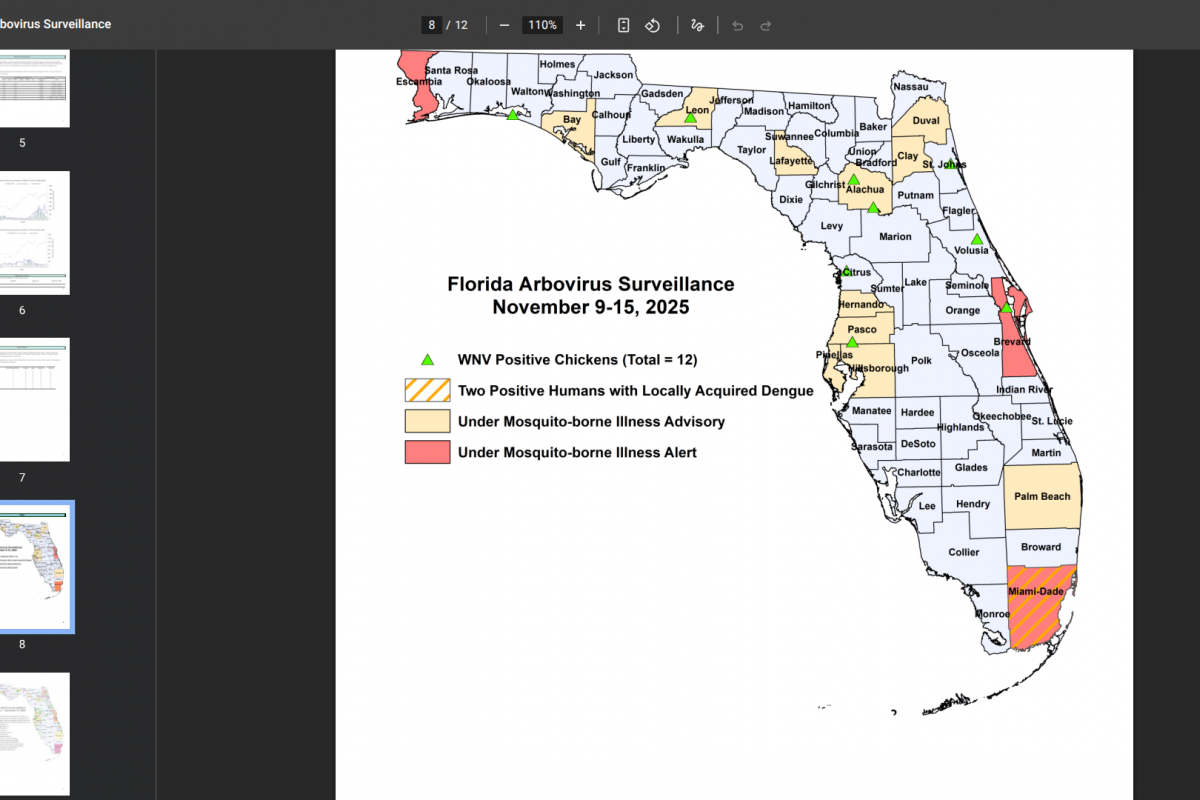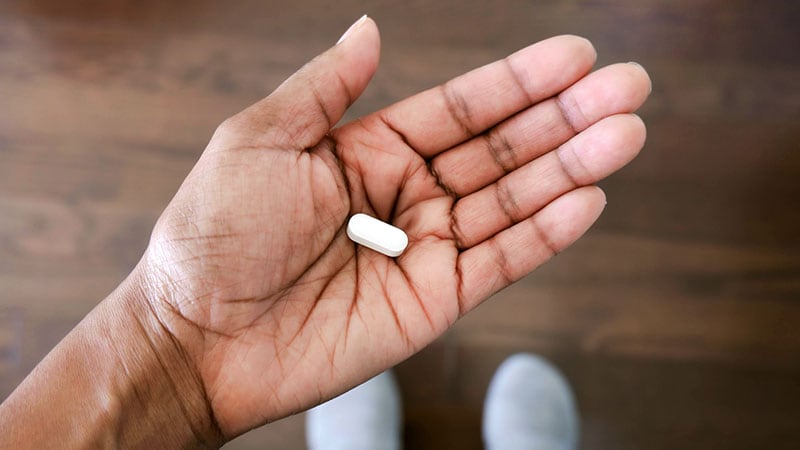Why India’s poorest state continues to struggle with illegal alcohol sales – BBC
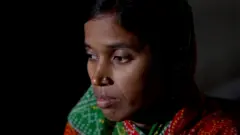
Report on Bihar’s Alcohol Prohibition Policy: An Analysis Through the Lens of Sustainable Development Goals (SDGs)
1.0 Introduction and Policy Context
In 2016, the state of Bihar, India, implemented a comprehensive prohibition on the sale and consumption of alcohol. This report analyzes the policy’s effectiveness nine years post-implementation, with a significant focus on its alignment with and impact on the United Nations’ Sustainable Development Goals (SDGs). The policy was initially enacted to address critical social and economic issues, but its implementation has yielded a complex and paradoxical set of outcomes that merit examination against key development indicators.
2.0 Stated Policy Objectives and Alignment with Core SDGs
The prohibition law was established with clear social objectives that directly correspond to several key SDGs. The primary goals were:
- Advancing SDG 3 (Good Health and Well-being): To curb widespread alcohol addiction and improve public health outcomes.
- Promoting SDG 5 (Gender Equality): To reduce incidents of alcohol-fueled domestic violence, a key demand from women’s advocacy groups.
- Supporting SDG 1 (No Poverty): To prevent financial ruin among the state’s poorest families by redirecting household income from alcohol expenditure to essential needs like nutrition and education.
3.0 Implementation Challenges and Contradictions to SDG 16
Despite its intentions, the enforcement of the ban has faced significant obstacles, undermining progress towards SDG 16 (Peace, Justice and Strong Institutions). The persistence of a large-scale illicit alcohol market demonstrates weaknesses in governance and institutional capacity.
3.1 Enforcement Deficiencies
Efforts to enforce the ban are hampered by systemic issues, including:
- Organized Illicit Production: Makeshift distilleries remain operational, with producers often receiving advance warnings of raids, suggesting potential collusion and weaknesses in law enforcement integrity.
- Cross-Border Smuggling: Bihar’s porous borders with Nepal and adjacent Indian states where alcohol is legal (Uttar Pradesh, Jharkhand, West Bengal) facilitate a continuous flow of smuggled liquor.
- Resource Constraints: Authorities cite staff shortages and the increasing sophistication of smuggling networks as major impediments to effective enforcement.
3.2 Impact on the Justice System
The policy has placed a considerable burden on the state’s judicial and penal systems, raising questions about the equitable application of justice as envisioned in SDG 16.
- Case Overload: Since 2016, 1.1 million cases have been registered and 650,000 individuals convicted.
- Disproportionate Focus: Over 99% of convictions are for alcohol consumption rather than for production, transport, or sale. This indicates a failure to dismantle the organized criminal enterprises driving the illicit trade, thereby failing a key target of SDG 16 to reduce illicit financial and arms flows and combat all forms of organized crime.
4.0 Socio-Economic Impacts: A Mixed Record on Sustainable Development
The prohibition policy has generated divergent outcomes, creating both positive and negative consequences for various SDGs.
4.1 Perceived Progress on Social Goals
Anecdotal evidence and government-backed studies suggest positive social shifts, particularly for women and children, aligning with the policy’s original intent.
- SDG 1 (No Poverty) & SDG 4 (Quality Education): Supporters, especially women, report improved household finances, with more resources allocated to children’s nutrition and education.
- SDG 5 (Gender Equality): Many women continue to support the ban, citing a reduction in domestic abuse and an improved domestic environment.
4.2 Negative Consequences for Health and Economic Growth
The unintended consequences of the ban have created severe setbacks for other critical development goals.
- Undermining SDG 3 (Good Health and Well-being): The thriving black market has led to the widespread availability of toxic, unregulated liquor. This has resulted in numerous deaths, such as the incident in Chhapra district in 2022, directly contradicting the goal of ensuring healthy lives.
- Hindering SDG 8 (Decent Work and Economic Growth): The policy has resulted in a significant loss of state revenue from alcohol taxes. This financial cost limits the government’s capacity to invest in public services and other development projects essential for sustainable economic growth.
5.0 Conclusion: A Policy Paradox
Bihar’s alcohol prohibition policy remains a paradox. While it has achieved some perceived successes in advancing social goals related to SDG 1 (No Poverty) and SDG 5 (Gender Equality), its implementation failures have severely compromised SDG 16 (Peace, Justice and Strong Institutions). Furthermore, the rise of a deadly illicit market has created a public health crisis that directly undermines SDG 3 (Good Health and Well-being), while the economic costs challenge the state’s progress toward SDG 8 (Decent Work and Economic Growth). The policy’s overall effectiveness in contributing to the 2030 Agenda for Sustainable Development is questionable, as it appears to have shifted the problem underground rather than resolving it, creating a complex web of social, judicial, and public health challenges.
Analysis of Sustainable Development Goals in the Article
1. Which SDGs are addressed or connected to the issues highlighted in the article?
The article on Bihar’s alcohol ban touches upon several Sustainable Development Goals (SDGs) by discussing the policy’s socio-economic and institutional impacts. The following SDGs are relevant:
- SDG 1: No Poverty: The article explicitly states the ban was intended to curb “financial ruin among its poorest families” in Bihar, which is described as “India’s poorest state.” It also notes that prohibition has reportedly “improved household finances.”
- SDG 3: Good Health and Well-being: The policy’s primary goal was to address “addiction.” The article highlights the negative health consequences of the ban’s failures, such as deaths from consuming “toxic liquor.”
- SDG 5: Gender Equality: The ban was enacted following “persistent demands from women’s groups” to reduce “domestic violence.” The article features testimony from women who have suffered from their husbands’ alcohol abuse, linking the issue directly to women’s safety and well-being.
- SDG 8: Decent Work and Economic Growth: The article discusses the “financial cost” of the ban, noting that “alcohol taxes remain a key source of revenue for many state governments.” This connects to the broader economic implications of such policies on state resources and growth.
- SDG 16: Peace, Justice, and Strong Institutions: The core of the article focuses on the challenges of law enforcement, including “enforcement gaps,” a thriving “black market,” and “possible collusion between liquor makers and authorities.” It discusses the legal system’s response, including the number of cases and convictions, which relates to the effectiveness and fairness of institutions.
2. What specific targets under those SDGs can be identified based on the article’s content?
Based on the issues discussed, several specific SDG targets can be identified:
- Target 3.5: Strengthen the prevention and treatment of substance abuse, including narcotic drug abuse and harmful use of alcohol.
- The entire premise of the statewide alcohol ban is a large-scale policy intervention aimed at preventing the harmful use of alcohol and curbing addiction, which directly aligns with this target.
- Target 5.2: Eliminate all forms of violence against all women and girls in the public and private spheres.
- The article states that a key motivation for the ban was to curb “domestic violence,” a goal championed by women’s groups. The testimony of widows who suffered from their husbands’ alcohol abuse underscores the connection between alcohol consumption and violence against women.
- Target 16.3: Promote the rule of law at the national and international levels and ensure equal access to justice for all.
- The article details the legal outcomes of the ban, mentioning that “1.1 million cases have been registered and 650,000 people convicted.” However, it also points to issues in the application of the law, as “More than 99% of these convictions are for consumption, rather than production, selling, or transport,” raising questions about the focus and equity of justice.
- Target 16.4: By 2030, significantly reduce illicit financial and arms flows, strengthen the recovery and return of stolen assets and combat all forms of organized crime.
- While not about financial or arms flows, this target’s principle applies to the illicit trade in alcohol. The article describes a thriving “black market,” sophisticated “smuggling methods,” and a “porous border with Nepal” that has become a “key conduit for alcohol smuggling,” which are forms of organized crime and illicit trade that the state is struggling to combat.
- Target 16.5: Substantially reduce corruption and bribery in all their forms.
- The article implies corruption and weak governance are undermining the ban. It notes that alcohol-makers “often get tipped off before a raid” and mentions the “possible collusion between liquor makers and authorities,” which directly points to challenges related to this target.
3. Are there any indicators mentioned or implied in the article that can be used to measure progress towards the identified targets?
Yes, the article provides several quantitative and qualitative indicators that can be used to measure the effectiveness and challenges related to the identified targets:
- Quantitative Indicators:
- Number of registered cases for violations: “1.1 million cases have been registered.” This measures the scale of law enforcement activity (Target 16.3).
- Number of convictions: “650,000 people convicted for violations.” This is an indicator of the judicial system’s response (Target 16.3).
- Proportion of convictions by type of offense: “More than 99% of these convictions are for consumption.” This indicator reveals the focus of law enforcement and suggests a failure to target the supply side of the illicit trade (Targets 16.3, 16.4).
- Value of seized illicit goods: “illicit alcohol worth more than 522 million rupees ($6.26 million, £4.96 million) was seized from across the state” in six weeks. This measures the volume and value of the black market and the success of enforcement raids (Target 16.4).
- Qualitative and Implied Indicators:
- Prevalence of a black market: The article confirms that “alcohol remains widely available in the black market,” indicating a failure to achieve the goals of the ban (Target 3.5).
- Mortality from substance abuse: The mention of deaths from consuming “toxic liquor” serves as a critical negative health indicator (Target 3.5).
- Public perception and support: The continued support for the ban from “many women in Bihar” and the belief that it has “improved household finances, children’s education, and nutrition” are social indicators of its perceived benefits (Targets 1.4, 5.2).
- Institutional integrity: The fact that bootleggers get “tipped off” and the mention of “possible collusion” are strong indicators of corruption and weak institutional capacity (Target 16.5).
4. Summary Table of SDGs, Targets, and Indicators
| SDGs | Targets | Indicators Identified in the Article |
|---|---|---|
| SDG 1: No Poverty | 1.4: Ensure equal rights to economic resources for the poor and vulnerable. | Qualitative reports of “improved household finances” among poor families. |
| SDG 3: Good Health and Well-being | 3.5: Strengthen the prevention and treatment of substance abuse, including harmful use of alcohol. | Existence of a statewide alcohol ban policy; Reports of deaths from consuming “toxic liquor.” |
| SDG 5: Gender Equality | 5.2: Eliminate all forms of violence against women and girls. | The ban was motivated by the goal to curb “domestic violence”; Continued support for the ban from women’s groups and victims of alcohol-related abuse. |
| SDG 8: Decent Work and Economic Growth | 8.1: Sustain per capita economic growth. | Mention of the “financial cost” due to the loss of alcohol taxes as a key source of state revenue. |
| SDG 16: Peace, Justice, and Strong Institutions | 16.3: Promote the rule of law and ensure equal access to justice. | 1.1 million cases registered; 650,000 people convicted; Over 99% of convictions are for consumption, not production/selling. |
| 16.4: Significantly reduce illicit flows and combat organized crime. | Illicit alcohol worth 522 million rupees seized in six weeks; Widespread availability of alcohol in the “black market”; Smuggling across a “porous border.” | |
| 16.5: Substantially reduce corruption and bribery. | Reports of bootleggers being “tipped off before a raid”; Mention of “possible collusion between liquor makers and authorities.” |
Source: bbc.com
What is Your Reaction?
 Like
0
Like
0
 Dislike
0
Dislike
0
 Love
0
Love
0
 Funny
0
Funny
0
 Angry
0
Angry
0
 Sad
0
Sad
0
 Wow
0
Wow
0
